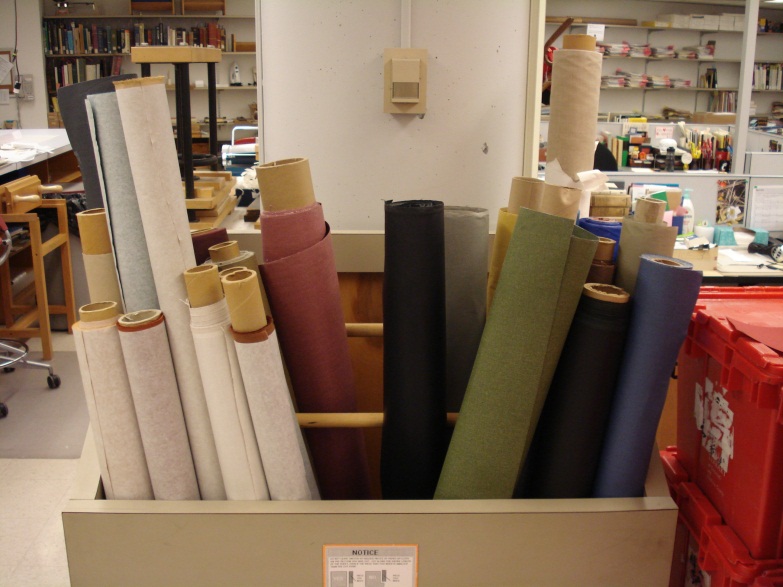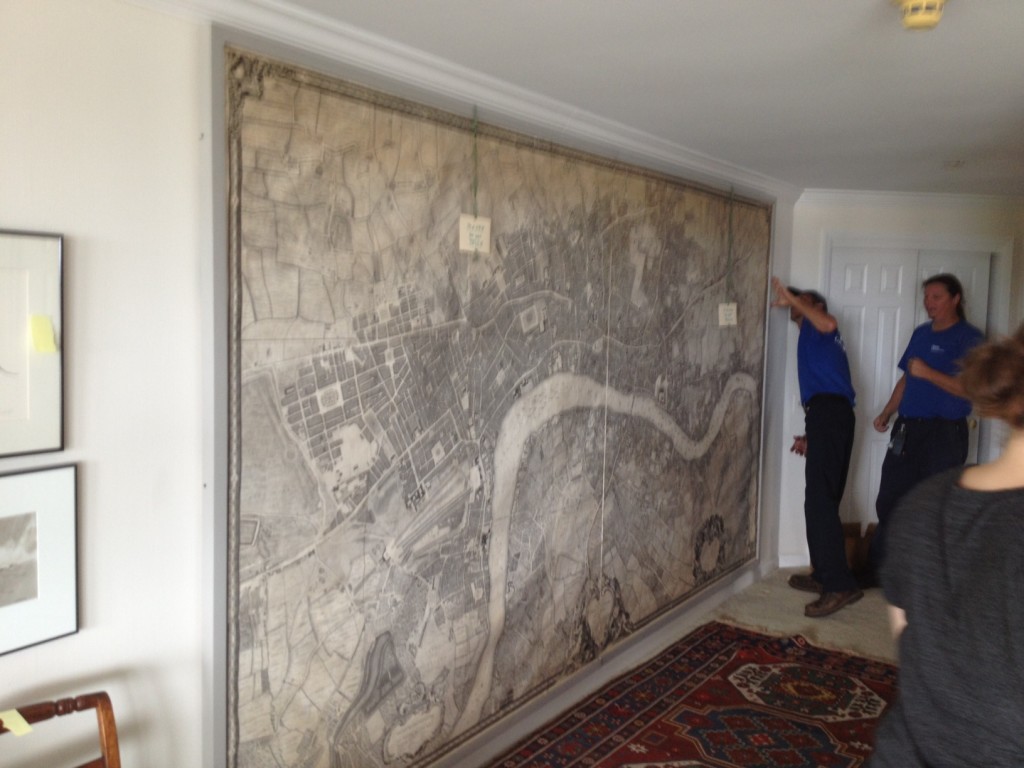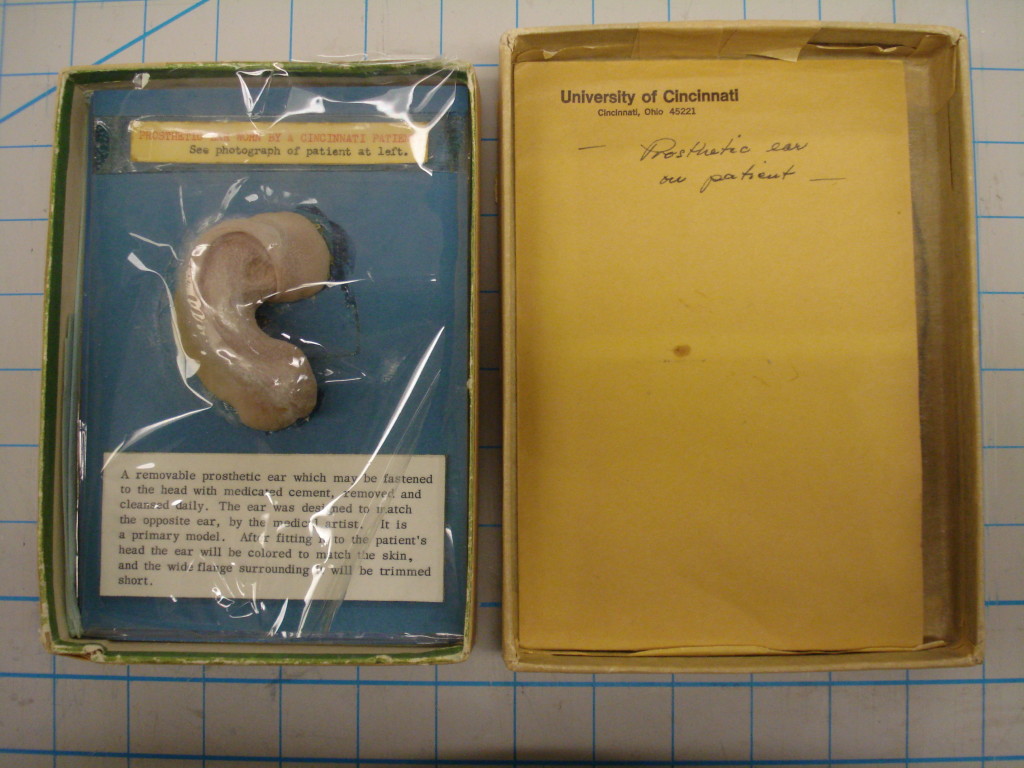…a massive and impressive contraption
One of the (many) great things about our collaboration, and the State Library of Ohio grant that funded our collaborative lab, was being able to purchase new equipment and supplies. With grant funds, the lab purchased an additional board shear, a humidification/suction table, a ductless fume-hood, additional map cases to store paper and many other wonderful things. But there were certain unique and very specific items that we couldn’t find through outside vendor s, and that’s when UC’s talented group of carpenters came to our aid. The UC carpenters were essential when it came to renovating our existing lab, adding a second bench area for the conservator and two conservation technicians, and a second sink by the new work benches. But one of the most massive and impressive contraptions they constructed was multi-compartment structure to hold binders board, corrugated board, foam, and other various odds and ends. It’s mammoth, sturdy and expertly crafted. And more importantly offers an excellent storage solution to some of the new supplies we were ordering.
Yet, after the first year of our new created collaborative lab there was still one area where we still need some organization help…bookcloth and buckram storage. For ages we had been storing our bookcloth and buckram in an oversized laminate bin.

…



